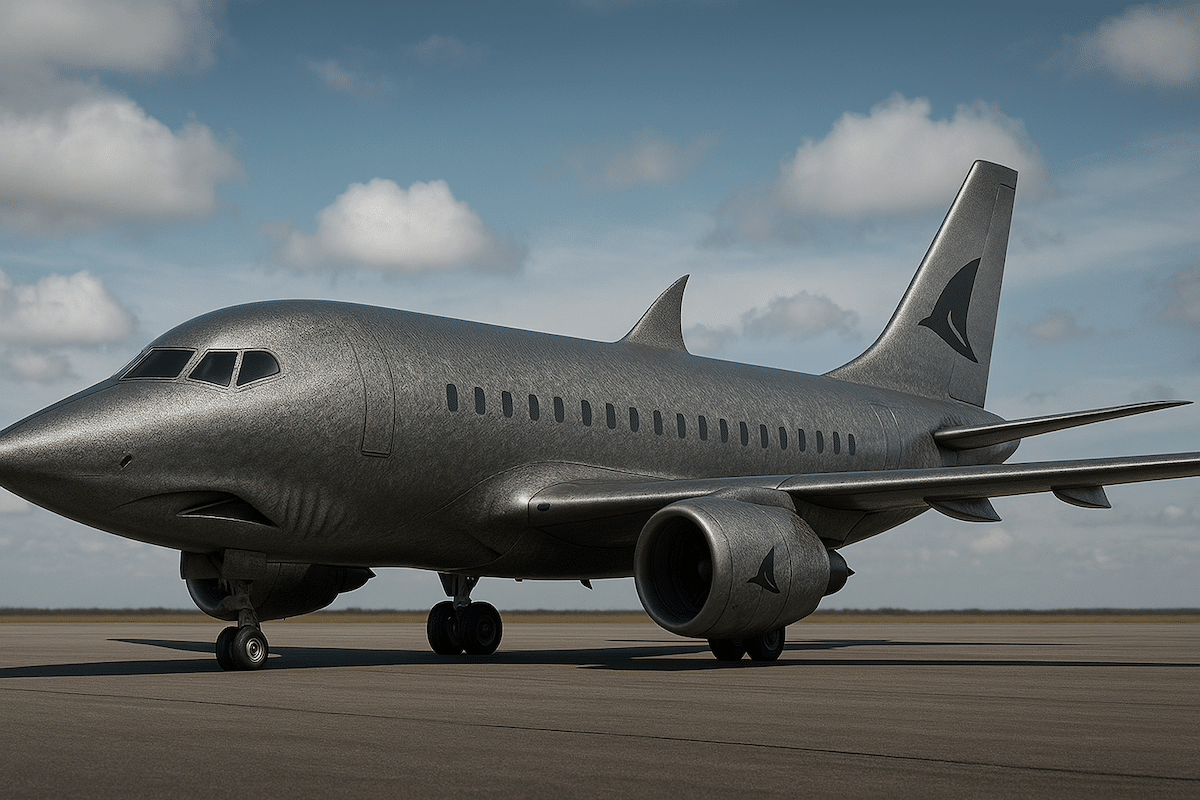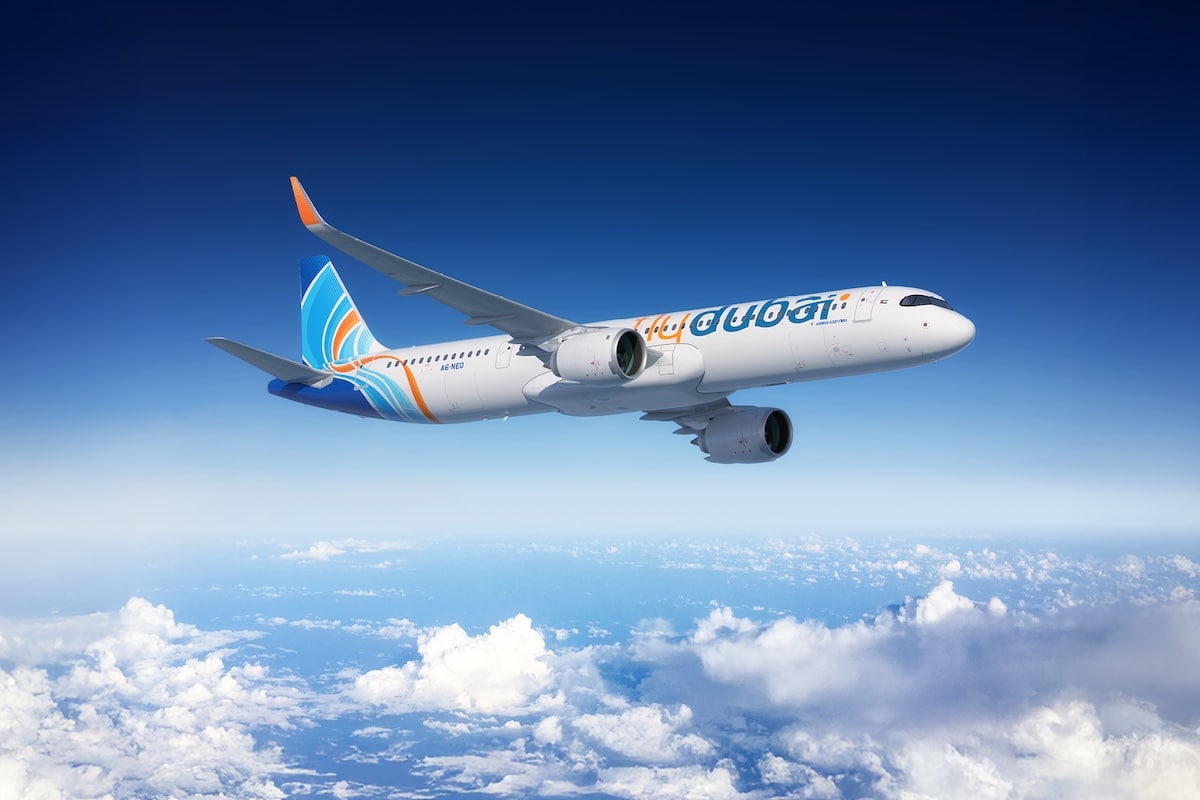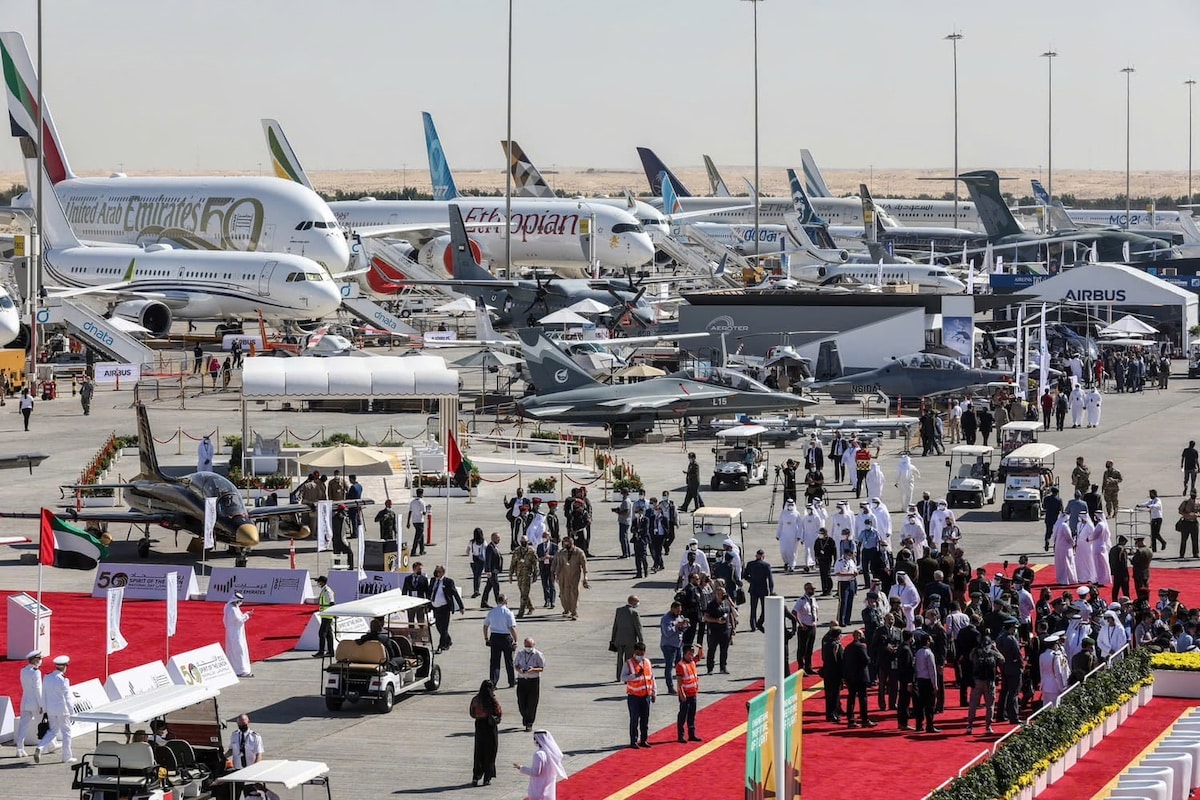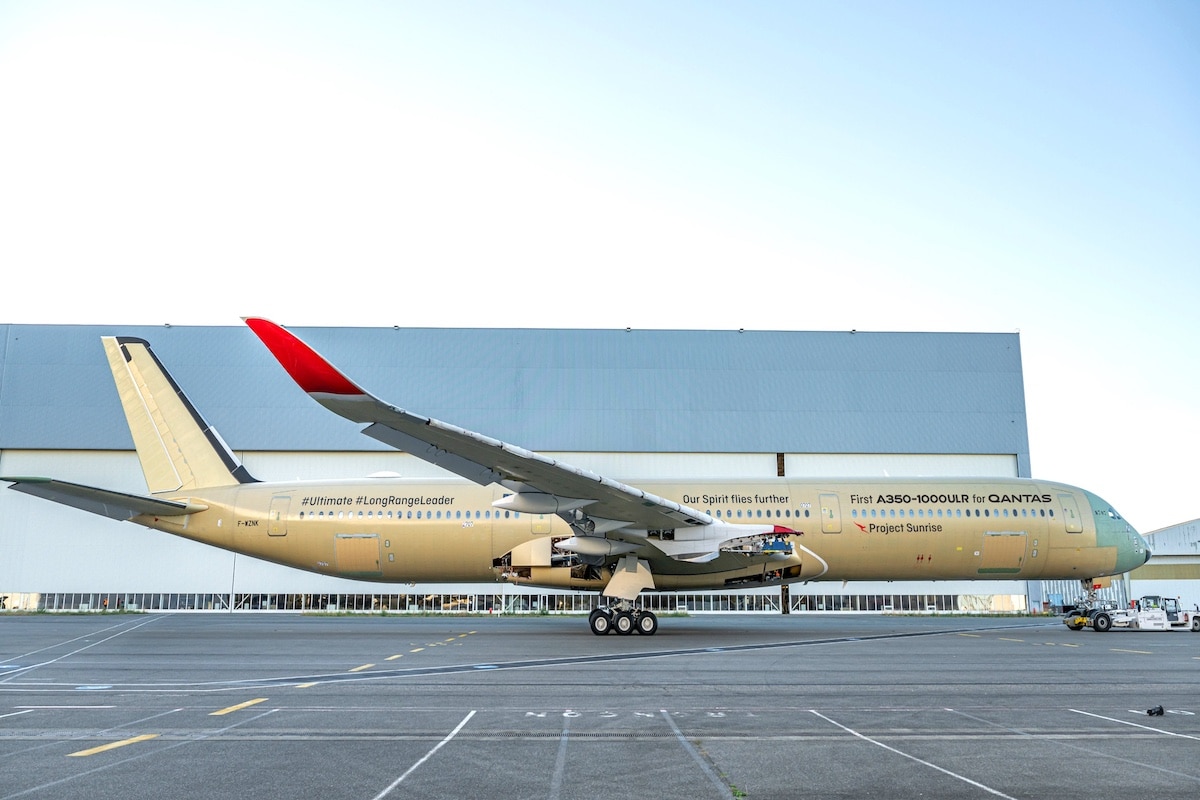How the shark will reduce airplane consumption?

Covering airplanes with a skin inspired by sharks to reduce their fuel consumption is the bet of the startup MicroTau.
Nature often has a head start in aerodynamics. This is the case for sharks, whose skin is covered with micro-grooves that reduce water drag and improve their glide. MicroTau, an Australian startup specializing in aeronautics, has replicated this phenomenon with a technological film called Riblet Modification Package, made up of longitudinal micro-structures imitating this texture.
This film is intended to be applied to the external surface of airplanes: fuselage, wings, tail, and engine nacelles. The result? A reduction in aerodynamic drag of up to 4%, which directly translates to lower fuel consumption and thus lower CO₂ emissions.
The agreement signed on May 23, 2025, states that the Spanish airline Vueling will support the certification phase of this technology and may apply it to its Airbus A320 fleet once approvals are obtained. The Spanish company, which heavily invests in innovation to green its operations, sees this as an important step towards sustainable aviation.
How does it work?
The film is produced using a patented process called Direct Contactless Microfabrication (DCM), an advanced photolithographic technique. It offers multiple advantages:
- Resistant to extreme temperatures (-55°C to +85°C)
- Compatible with fuels and engine oils
- Does not hinder visual inspections
- Lightweight: adds between 60 to 80 kg for a narrow-body aircraft, up to 300 kg for a wide-body
MicroTau does not promise just a theoretical technology: the company is already conducting flight tests in Australia and the United States to validate the effectiveness and durability of its films over the long term. The hope for certification by the end of 2026 seems promising.
Cost savings worth having
The adoption of the “shark skin” film developed by MicroTau is not just a symbolic gesture for the environment — it is also an economically strategic decision. On a typical route like Paris–Barcelona, an Airbus A320 can perform up to 10 rotations per day. On average, a flight consumes about 3,375 liters of jet fuel, costing around €1,687 at the current market rate (€0.50/liter). With the drag reduction offered by the microstructured surface, Vueling could save around 4%, or €67.50 per flight. For a single aircraft flying 365 days a year, this amounts to nearly €250,000 in annual savings. And with a fleet of 100 aircraft, the overall savings would climb to nearly €25 million per year, all while reducing CO₂ emissions.
And beyond aviation?
While this high-tech “shark skin” is primarily designed for airplanes, its potential extends far beyond the skies. High-speed trains, racing cars, drones, or even ships could eventually benefit from this biomimetic technology. Anywhere drag hampers performance — at high speeds or in fluid environments like air or water — the application of riblet-type microstructures can offer significant gains in consumption or speed. Trials are underway in the rail and maritime sectors, while competitive vehicles or wind turbines could also show interest. Challenges of wear, cost, and adaptation to different environments remain, but the prospects are promising.
ALSO READ: The Airbus A220 solves the lack of luggage space in the cabin
This page is translated from the original post "Comment le requin abaissera la consommation des avions ?" in French.
We also suggestthese articles:
Also read






